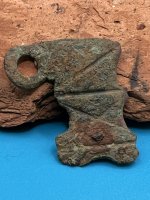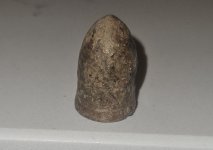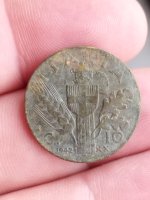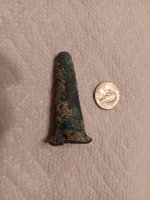Have been researching old mines in my area and found a report done by a mining company 30 years ago that said samples taken from the old mine indicated gold at 50 grams per ton and it wasn't feasible at the time to mine.
With gold prices as high as they are now maybe it would be worth working.
I have been to have a look at the site and it is on the side of a steep hill and made up of granite
With gold prices as high as they are now maybe it would be worth working.
I have been to have a look at the site and it is on the side of a steep hill and made up of granite


 30 years ago gold hadn't made the massive jump yet and it wasn't worth all that much--now thats in the area of $1,300 a cu/yd--righteous BUT. Many companies took highgraded samples for assay to raise capitol OR swindle folks outta their hard earned cash. First see whatzup with property title, if open--sample sample sample(check them tailing piles/waste dump)with a good gold detector to see whatzup. Hardrock is a good deal if done QUIETLY without employees or MNOSHA breathing down your back with regs/rules/tons a bs. Keep your day job and quest on the weekends or vacations-ya never know ??
30 years ago gold hadn't made the massive jump yet and it wasn't worth all that much--now thats in the area of $1,300 a cu/yd--righteous BUT. Many companies took highgraded samples for assay to raise capitol OR swindle folks outta their hard earned cash. First see whatzup with property title, if open--sample sample sample(check them tailing piles/waste dump)with a good gold detector to see whatzup. Hardrock is a good deal if done QUIETLY without employees or MNOSHA breathing down your back with regs/rules/tons a bs. Keep your day job and quest on the weekends or vacations-ya never know ?? 




